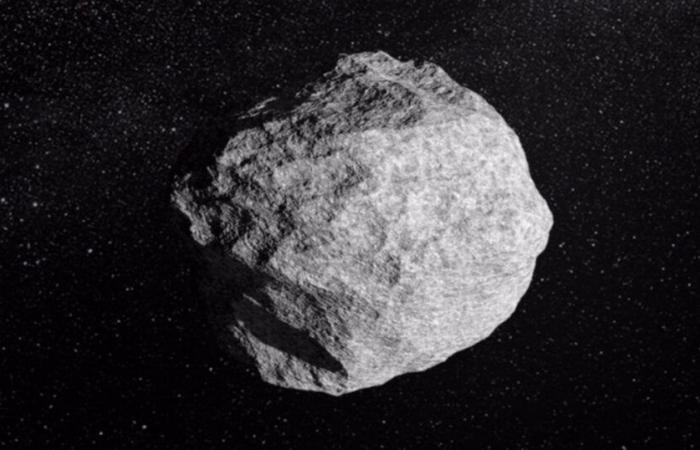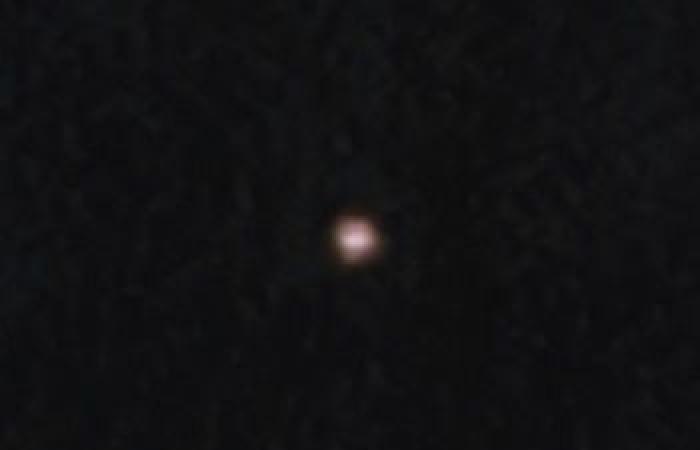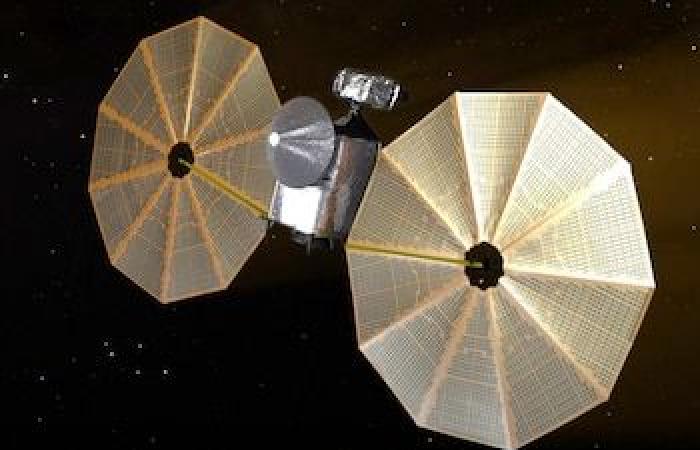The NASA He informed that four asteroids of sizes comparable to buses and houses passed near the Tierra This May 4, 2025, without representing risks of collision. The data come from Jet Propulsion Laboratory (JPL) and of Center for Near-Earth Object Studies (CNEOS)both key divisions in the monitoring of space objects.
According to Newsweekthe asteroid 2025 HP22approximately 6.7 metros in diameter, it reached a speed higher than 38,600 kilometers per hour and went to alone 492,000 kilometers of our planet during the morning.
Another object, identified as 2025 andwith a size of 7.9 metros and a speed of more than 17,700 kilometers per hourhe approached until 510,000 kilometers.

The tracking also included asteroid 2025 HR1which measures around 12.8 metros and travel to 22,500 kilometers per hour. Although this rocky body went to a much greater distance –4.7 million kilometers-, its size and speed made it a point of interest for astronomers. Finally, the object 2025 HJ5of 14.6 metros in diameter and moving to 27,400 kilometers per hourhe made his closest approach to 4 million kilometers.
“Most objects close to Earth (NEO) do not approach enough to represent an impact risk,” NASA pointed out in its latest report.
While these celestial bodies made their trajectories, attention also focused on the asteroid 2024 yr4previously observed by the James Webb Space Telescope and estimated in 61 metros in diameter, equivalent to a 15 -story building. According to Andy Rivkinastronomer of Johns Hopkins University Applied Physics Laboratorythis asteroid raised initial concerns when, in February, the calculations of the CNEOS they estimated a probability of impact of the 3.1 % By 2032, the highest figure registered by NASA for an object of that size or greater.
However, subsequent studies published the same month drastically reduced that probability to only 0.004 %eliminating significant concerns about a possible impact with the earth during the next century.
According to NASA, “The range of possible asteroid locations on that date has further away from Earth”. Even so, there is a minimal possibility of 1.7 % about what 2024 yr4 impact the Luna December 22, 2032.
The asteroid was first reported to the Minor Planet Center for the last system of land impact of asteroids (Atlas) on December 27, 2024.

An explosion in the air was one of the probable scenarios due to large size of the asteroid. In case it entered the atmosphere on the oceansome models NASA indicated that the detonation would not be probable an object of that size causes a tsunami significant.
However, if it entered a populated region, the explosion of an object between 40 and 60 meterscould cause damage like Derrum structures residential in a city and break windows in more extensive regions, according to NASA.
Asteroids, rocky vestiges of the solar system formation 4.6 billion yearsthey follow trajectories that occasionally lead them to cross With the environment close to Earth. Although most remain at safe distances, continuous monitoring allows scientists to anticipate any potential threat with sufficient time to develop technological responses if necessary.
He Jet Propulsion Laboratory and the CNEOS They maintain constant surveillance about these objects and update their analysis as they obtain new data, which reaffirms the commitment of the scientific community with planetary security.









